Retro Replay Review
Gameplay
Hard To Be A God delivers a rich action role-playing experience that balances stealth, combat, and exploration across a sprawling medieval landscape. From the outset, you assume the role of a newly trained intelligence agent from Earth, sent undercover to the planet Tsurinak. The game’s mission structure encourages you to gather information on a powerful nobleman, mixing covert reconnaissance with daring skirmishes in a world steeped in political intrigue and brutality.
(HEY YOU!! We hope you enjoy! We try not to run ads. So basically, this is a very expensive hobby running this site. Please consider joining us for updates, forums, and more. Network w/ us to make some cash or friends while retro gaming, and you can win some free retro games for posting. Okay, carry on 👍)
The character progression system lets you specialize in three distinct combat styles: heavy weapons, light weapons, and ranged combat. Each branch offers unique perks and skill trees, letting you tailor your playstyle to either charge headlong into hordes with a battleaxe, dart in and out of the fray with dual blades, or pick off enemies from a distance with early crossbows. As you advance, you unlock Earthling technology—energy rifles and experimental gadgets—that gradually shift the balance of power in your hands, creating a satisfying evolution from medieval peasant to futuristic warrior.
Encounters with medieval soldiers, mercenaries, and feudal knights demand careful tactical choices. Armor and weapon durability play a key role, forcing you to manage resources and decide when to repair gear or scavenge parts. Meanwhile, AI behaviors vary from simple patrol routines to coordinated assaults, ensuring that each confrontation requires fresh thinking. The stealth mechanics, though not as deep as dedicated stealth titles, serve their purpose by letting you slip by guards or set traps using environmental elements like hay bales and barrels.
Exploration is equally rewarding, with hidden dungeons, abandoned fortresses, and bustling marketplaces filled with NPCs who offer side quests, rumors, and black-market wares. Dialogue choices can open alternative paths or trigger new intel, making multiple playthroughs a tempting prospect for completionists. Even mundane interactions feel alive thanks to dynamic weather effects, wandering traders, and street performers, enhancing the sense of being stuck in a turbulent medieval society.
Graphics
The visual presentation in Hard To Be A God captures the grit and grime of a regressive civilization on the brink of chaos. Environments range from muddy village roads and dense woodlands to opulent castles adorned with ancient tapestries. The attention to detail in architecture and period clothing creates an authentic atmosphere that contrasts sharply with the subtle glow of futuristic weaponry when it appears.
Character models showcase a rugged realism: dirt-smudged faces, battered armor, and weathered fabrics reflect the harsh living conditions on Tsurinak. Animations are fluid during combat, with heavy swings that visibly affect an opponent’s posture and nimble dodges that feel weighty and responsive. Minor hitches occur during large-scale battles, but overall the frame rate remains stable on mid to high-end hardware.
Lighting and particle effects significantly enhance immersion. Torches flicker in castle corridors, casting long shadows that hide lurking foes, while midday sun filters through forest canopies, creating dappled patterns on the ground. When you finally unlock Earthling weaponry, the bright muzzle flashes and energy arcs stand out against the drab medieval palette, highlighting the juxtaposition between two eras.
Texture fidelity is generally strong, though a few environmental assets repeat in distant vistas. Pop-in is rare on consoles and PCs with SSDs. Cinematic cutscenes blend in-engine footage with motion capture, delivering characters’ emotional beats convincingly, especially during pivotal plot moments. Overall, the graphics strike a balance between technical polish and artistic grit that suits the game’s narrative themes.
Story
Based on the 1964 science fiction novel by Arkadi and Boris Strugatsky, Hard To Be A God weaves its narrative around themes of power, morality, and cultural interference. As an observer-turned-participant on the feudal planet Tsurinak, you grapple with the Prime Directive–style dilemma of whether to remain a passive chronicler or to intervene in humanity’s brutal history. Key story arcs revolve around a powerful nobleman whose rise threatens the fragile social order.
Dialogue is textured with period-appropriate dialects and idioms, lending authenticity to every tavern conversation and council meeting. NPCs aren’t mere quest dispensers; they express fear, disdain, or curiosity about your secret affiliations, sometimes challenging your decisions or questioning your loyalty. These exchanges shape your reputation among rival factions, leading to branching outcomes and unpredictable alliances.
Story missions unfold across diverse locales: from clandestine meetups in smoky inns to dramatic sieges of fortresses. Interwoven side stories shed light on the struggles of serfs, the intrigues of merchant guilds, and the ambitions of revolutionary scholars who yearn for progress. The narrative pacing maintains momentum by alternating high-tension events—assassination plots and castle infiltrations—with quieter moments of intel-gathering and moral reflection.
While faithful to the Strugatsky brothers’ exploration of human nature, the game introduces original plotlines and characters to appeal to modern audiences. You may encounter rogue scientists who once surveyed Tsurinak, as well as native scholars who speculate about far-off star systems. These new elements expand the lore without overshadowing the novel’s core message: the perils of wielding advanced knowledge in an uninformed age.
Overall Experience
Hard To Be A God offers a compelling blend of science fiction and medieval adventure, positioning players at the crossroads of history and futurism. The well-crafted world, enriched by detailed environments and morally complex scenarios, keeps you invested from the first stealth infiltration to the final confrontation. The learning curve in mastering both swordplay and alien technology fosters a satisfying sense of progression.
The immersive sound design—clinking armor, crackling campfires, distant war horns—immerses you in Tsurinak’s tumultuous era, while the subtle sci-fi score underscores moments of discovery when Earthling elements enter the fray. Juggling political intrigue, battlefield tactics, and covert espionage ensures that no two play sessions feel identical.
Although occasional performance hitches and a few repetitive textures hold it back from perfection, the game’s narrative depth and gameplay variety more than compensate. Fans of action RPGs and science fiction literature will find plenty to admire in its faithful adaptation of the Strugatsky novel and the fresh interpretations it brings to a classic story.
For anyone seeking a thoughtful RPG experience that challenges your ethical compass as well as your combat skills, Hard To Be A God stands out as a memorable journey. Whether you’re drawn by the promise of medieval sword fights or futuristic weaponry, this title delivers a rich, atmospheric world that rewards curiosity and careful decision-making.
 Retro Replay Retro Replay gaming reviews, news, emulation, geek stuff and more!
Retro Replay Retro Replay gaming reviews, news, emulation, geek stuff and more!
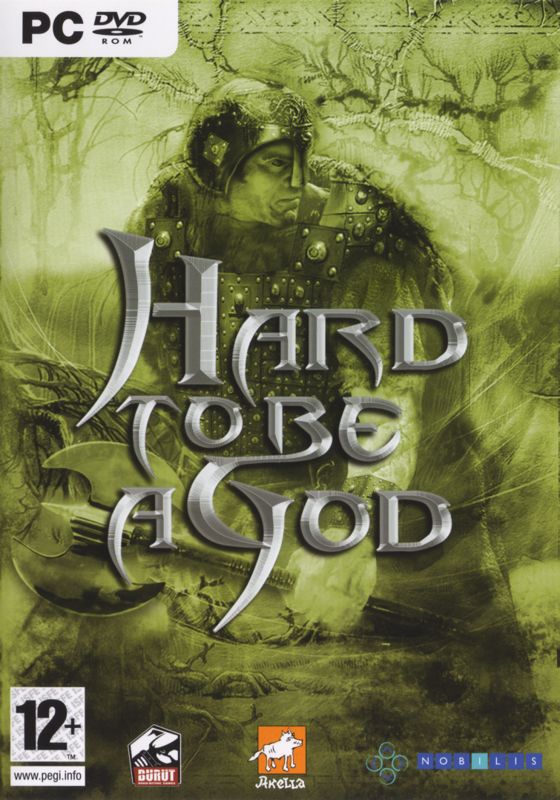
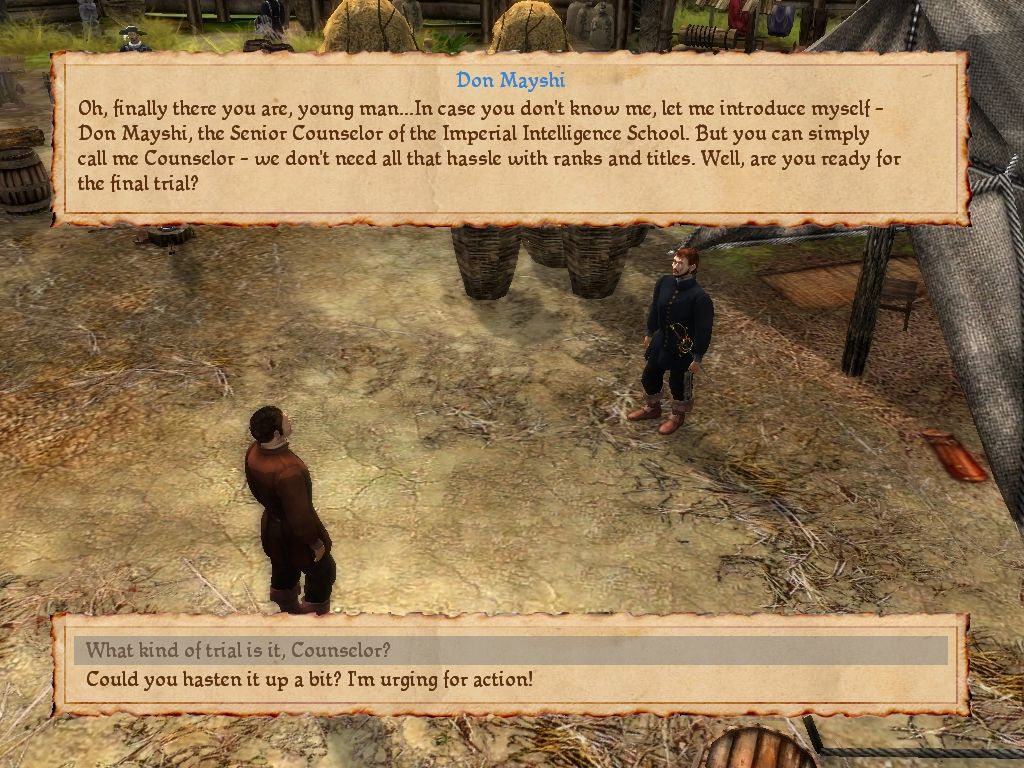
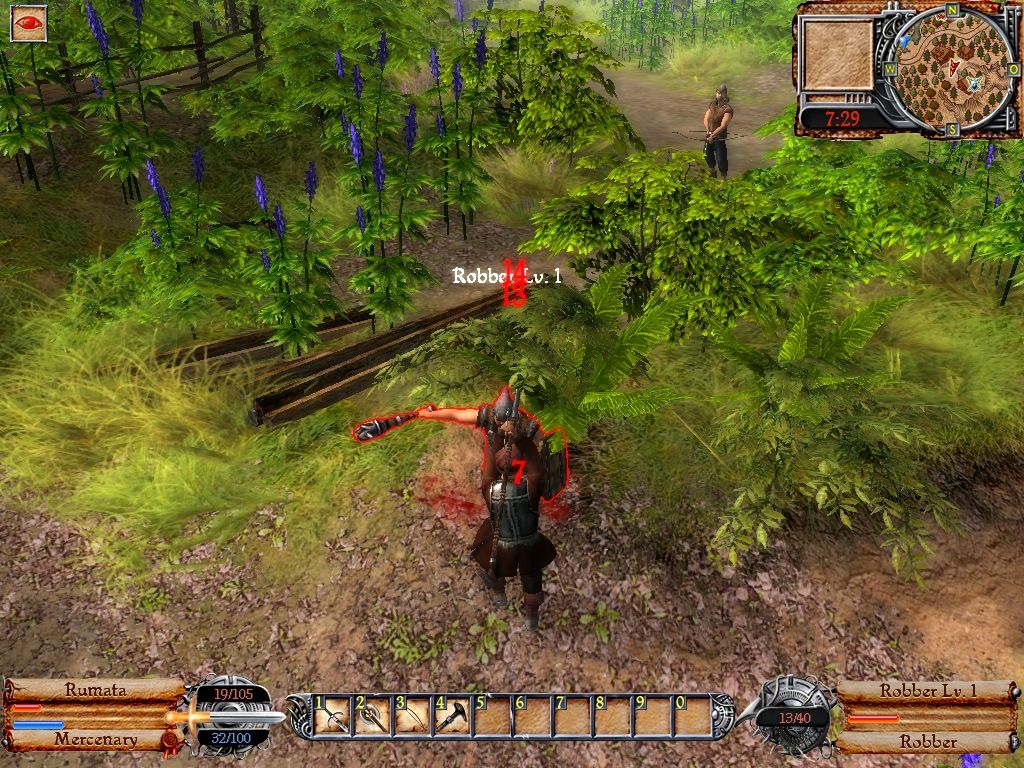
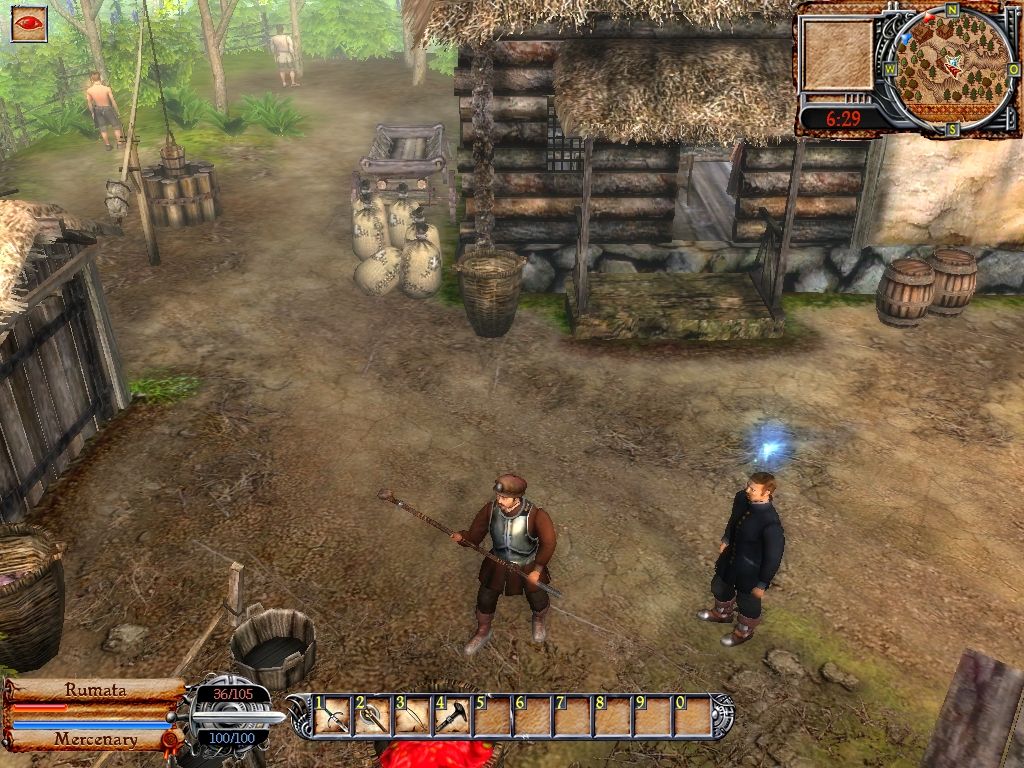
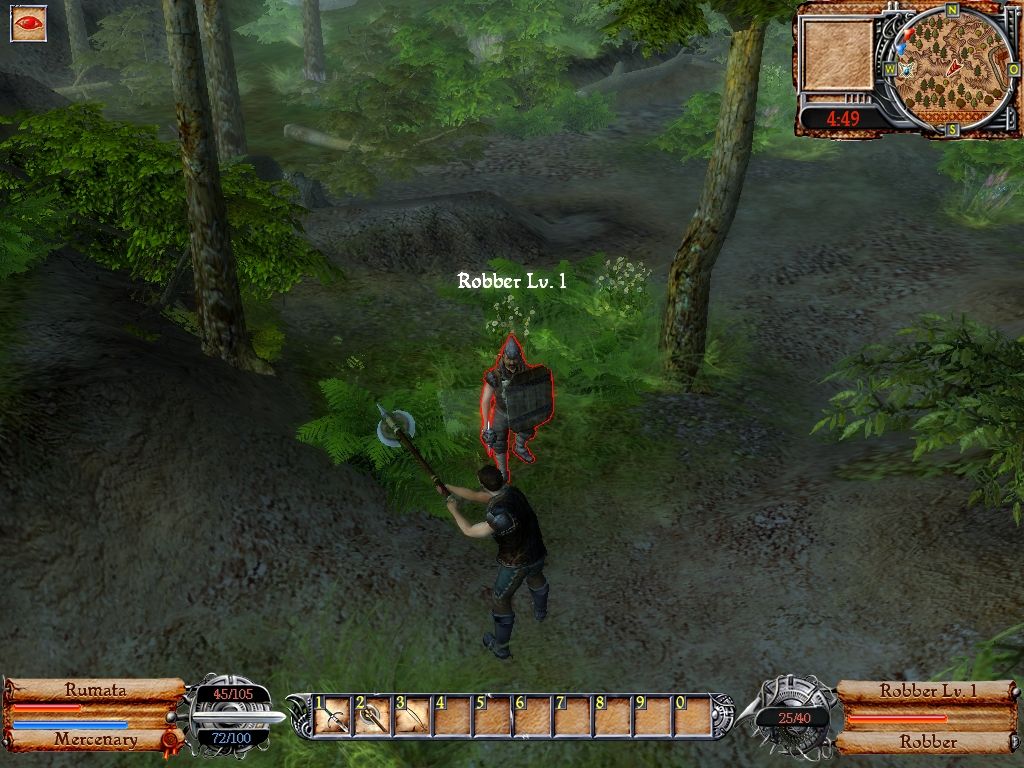
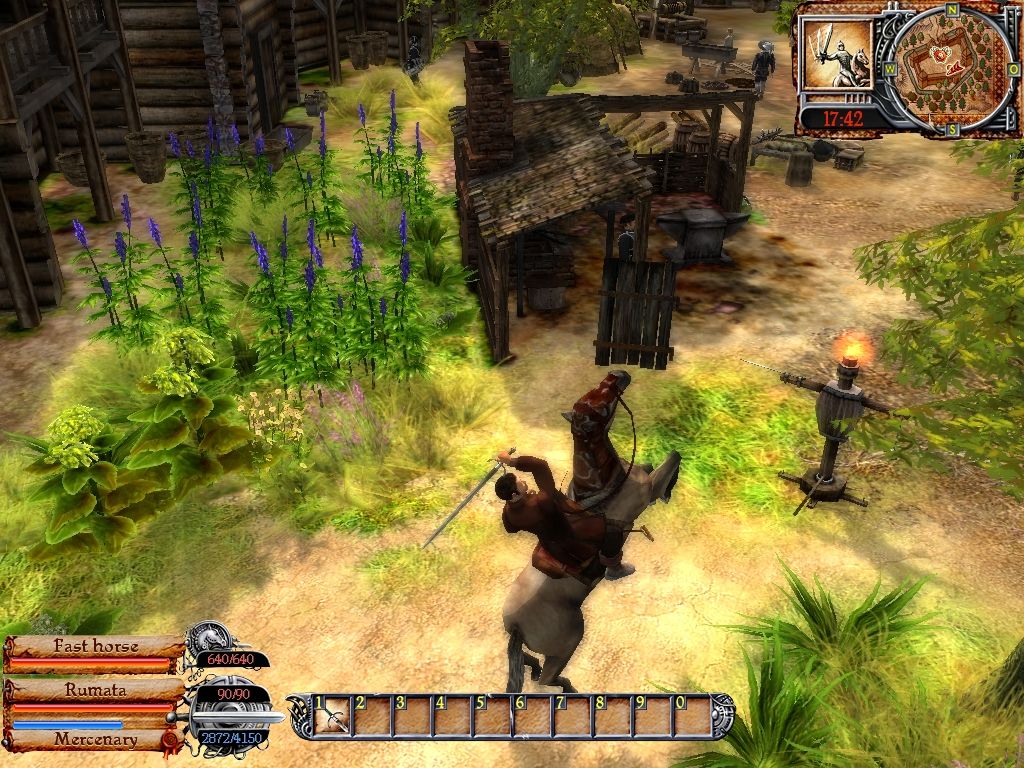



Reviews
There are no reviews yet.